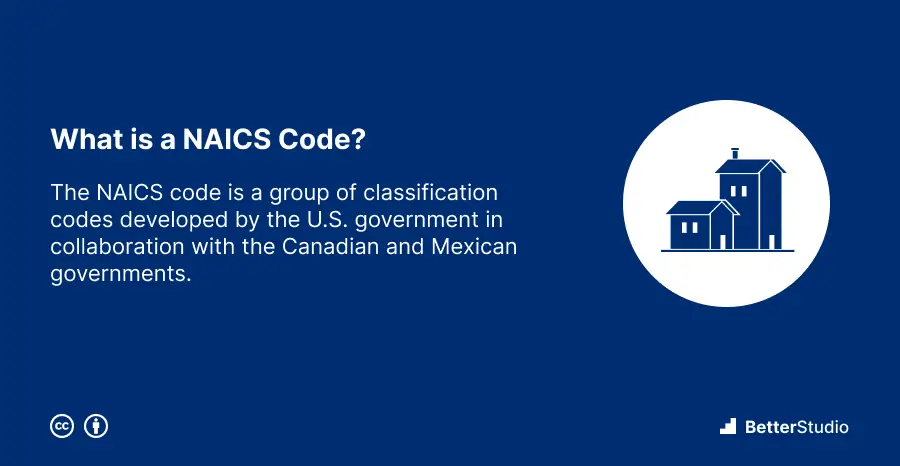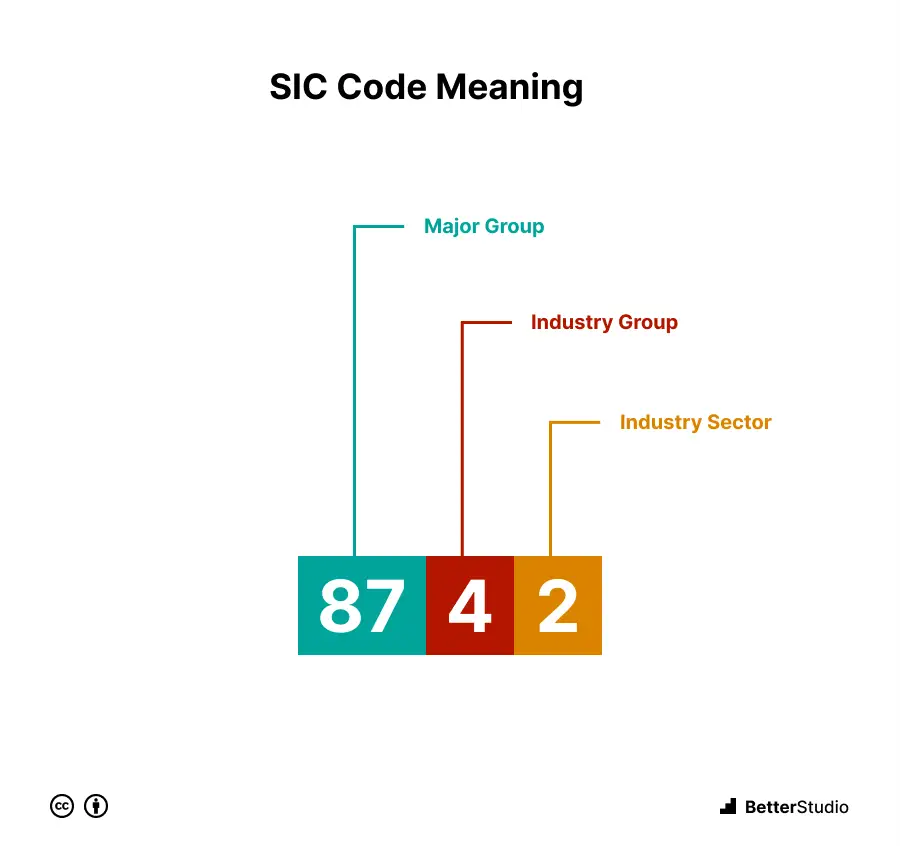Are you wondering what business code applies to the real estate industry? You’re not alone! Many people have questions about the specific codes and classifications that apply to various business sectors, including real estate.
In this blog post, we’ll explore the Business Code for Real Estate, also known as the North American Industry Classification System (NAICS) and Standard Industrial Classification (SIC). We’ll discuss what these codes are, how they’re used, and why they matter for real estate professionals.
According to the Small Business Administration, the real estate sector generated $1.75 trillion in revenue in 2019, making it a significant contributor to the U.S. economy.
With such a massive impact, it’s essential to understand the specific codes that apply to this industry to ensure compliance with regulations and to make informed business decisions.
So, without further ado, let’s dive into the NAICS and SIC codes for real estate.
What is a Business Code?
A Business Code for real estate is a numerical identifier assigned to businesses by the North American Industry Classification System (NAICS) and Standard Industrial Classification (SIC) systems. These codes are used to track industry trends, collect statistical data, and facilitate communication between businesses and governmental agencies.

What is a NAICS Code?
A NAICS code is a North American Industry Classification System code used by businesses to identify their industry classification. It is primarily used by government agencies, researchers, and businesses for statistical purposes. The code helps in collecting, analyzing, and publishing data related to the business sector.
NAICS Code Meaning
The numbering system for NAICS codes works in the following manner:
- Numbers 1 and 2: Indicate the economic sector in which the company is located
- Number 3: You will find the company’s sub-sector
- Number 4: Indicates the industry group that the company is a member of
- Number 5: The company’s particular industry is identified
- Number 6: The national industry of the company is identified
As a result, every NAICS code relates to an individual business and describes what it does

NAICS Code for Real State
The NAICS code for Real Estate is 531. This code covers establishments primarily engaged in renting, leasing, buying, selling, and managing real estate properties.
Real estate activities are classified under NAICS Sector 531, and within this sector, there are several subsectors that further break down real estate activities into more specific categories. Here is a list of all NAICS Codes for Real Estate:
| Lessors of Residential Buildings and Dwellings | 531110 |
| Lessors of Nonresidential Buildings (except Miniwarehouses) | 531120 |
| Lessors of Mini warehouses and Self-Storage Units | 531130 |
| Lessors of Other Real Estate Property | 531190 |
| Offices of Real Estate Agents and Brokers | 531210 |
| Residential Property Managers | 531311 |
| Nonresidential Property Managers | 531312 |
| Offices of Real Estate Appraisers | 531320 |
| Other Activities Related to Real Estate | 531390 |
Each NAICS code corresponds to a specific type of real estate activity, and understanding these codes can help you better navigate the industry. Whether you’re looking to lease a residential property or engage in commercial real estate transactions, knowing the relevant NAICS code can facilitate your search and help you find the right resources.
What is a SIC Code?
A SIC code is a four-digit numerical code used to classify businesses according to their primary activities. It stands for Standard Industrial Classification and is used by government agencies to collect and analyze data on industries. The system was replaced by the NAICS in 1997, but some companies may still use SIC codes.

SIC Code Meaning
The SIC codes have four digits and there are more than 1,000 unique codes nationally recognized.
- The first two digits are used to identify the major group, which is then further divided into 12 groups at higher levels
- The third digit reveals a little more detail – more specific industry groupings
- The fourth digit shows the industry sector
The official US Standard Industrial Classification code is always four digits; however, some private companies use six, seven, or eight-digit versions of these codes for more specific marketing or research.
SIC Code for Real State
The Standard Industrial Classification (SIC) system is a way of classifying businesses based on their primary activities. The SIC code for real estate is 65, which includes activities related to buying, selling, and renting real estate properties.
Under the SIC code 65, there are various subcategories for different types of real estate activities, such as residential and commercial property management, real estate investment trusts, real estate appraisals, and more.
Here is a list of all SIC codes for real estate:
| Real Estate Agents and Managers | 6511 |
| Operators of Nonresidential Buildings | 6512 |
| Operators of Apartment Buildings | 6513 |
| Operators of Dwellings Other Than Apartment Buildings | 6514 |
| Operators of Residential Mobile Home Sites | 6515 |
| Lessors of Railroad Property | 6517 |
| Lessors of Real Property, Not Elsewhere Classified | 6519 |
It’s essential to understand the SIC code for real estate when starting a new business or applying for licenses and permits. By identifying the appropriate SIC code, you can accurately classify your business and ensure compliance with regulatory requirements.
What is the Difference Between NAICS and SIC Codes?
NAICS and SIC codes are both used to classify businesses based on their industry. However, NAICS is a newer system with more detailed codes and focuses on the service sector, while SIC has fewer, broader categories and includes manufacturing.
Conclusion
To sum it up, we have discussed the NAICS and SIC codes for the real estate industry. These codes are important for businesses to identify their specific industry and facilitate data collection for statistical purposes.
If you want to learn more about related topics or get access to more tutorials, make sure to check out BetterStudio’s blog. We have a variety of resources that can help you expand your knowledge in this field.
Don’t forget to follow BetterStudio on Facebook and Twitter to stay updated with our latest tutorials and articles. We’re always here to help you learn and grow.
Thank you for reading our article. If you have any questions or comments, please feel free to leave them in the comment section below. We’ll be happy to address any concerns you might have.